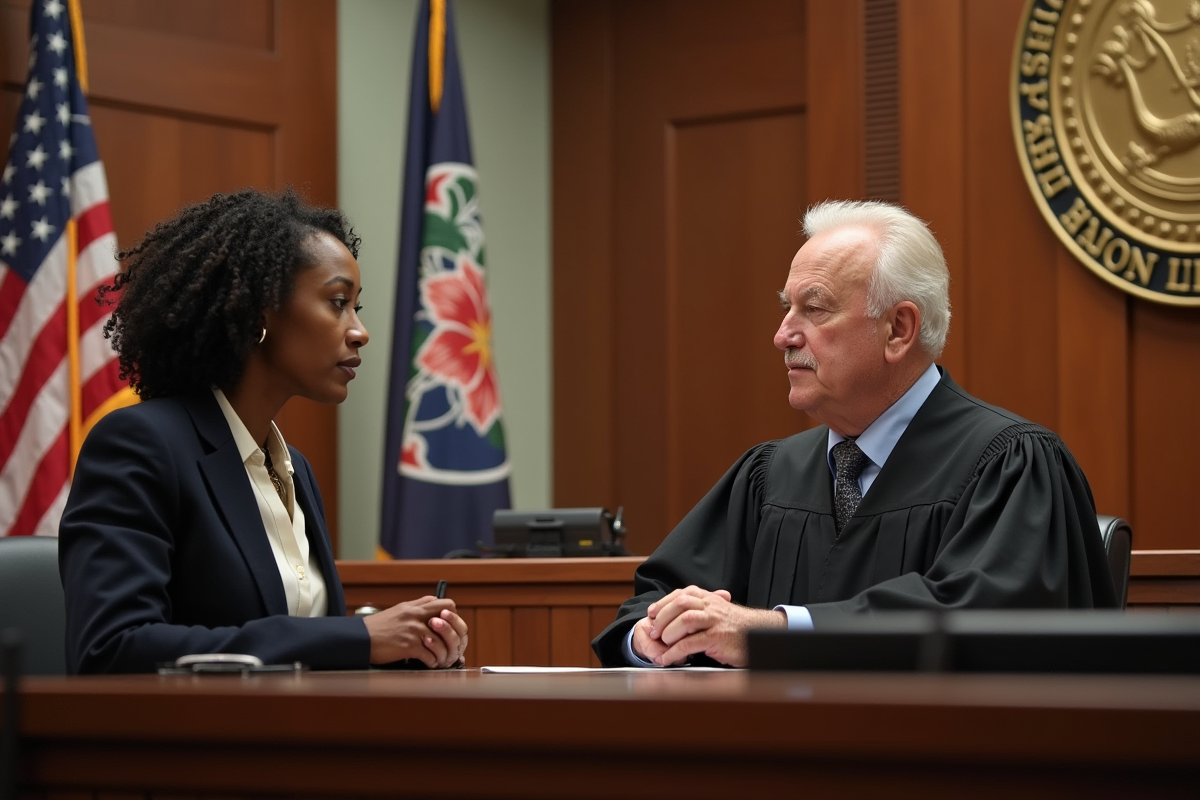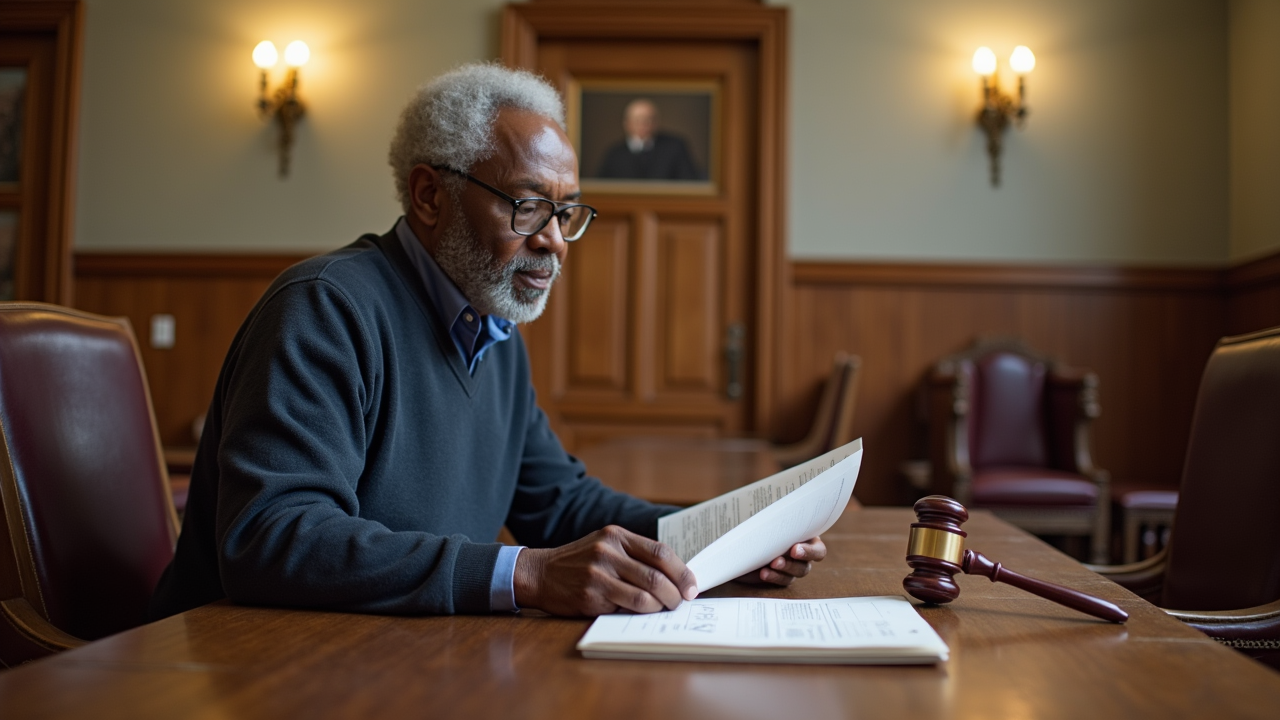
A wave of judicial reform legislation across 10 states signals a growing recognition of systemic court congestion, with 33 bills introduced in January 2025 proposing structural changes to address case backlogs and improve access to justice. These measures focus primarily on expanding judicial capacity through strategic appointments and district restructuring, revealing both shared objectives and distinct regional approaches to modernizing state court systems.
Addressing the Case Backlog Crisis
At the core of this legislative trend lies an urgent need to reduce court delays that currently average 18-24 months for civil cases nationwide. Virginia's SB1327 typifies this approach, authorizing additional judgeships in three judicial districts experiencing particularly high caseloads. The bill's requirement for biennial workload assessments introduces a data-driven model that could set precedent for other states.
This expansion strategy carries significant implications for marginalized communities. While not explicitly targeting specific demographics, bills like Georgia's HB93 in the Tallapoosa Circuit could disproportionately benefit Black/African American litigants who comprise 34% of the district's population. Older adults facing probate delays may see improved processing times through measures like Hawaii's SB266, which adds family court capacity in Oahu.
Regional Variations in Implementation
Legislative approaches reveal distinct philosophical differences:
- Virginia clusters 12 bills focusing on merit-based judicial appointments
- Hawaii prioritizes geographic distribution with circuit-specific expansions
- Illinois's SB0180 demonstrates political compromise, converting at-large positions to resident judgeships
- New York proposes strict population-to-judge ratios in S02307
Southern states show particular innovation, with Mississippi's HB699 incorporating rural access provisions requiring quarterly circuit riding in low-population counties. This contrasts with Oklahoma's residency requirement modifications in SB956, which expands judicial candidate pools but raises concerns about community representation.
Implementation Challenges and Fiscal Realities
While the projected 15-20% reduction in case processing times appears promising, practical hurdles emerge:
- Funding uncertainties: Only 40% of bills include dedicated appropriation clauses
- Workforce development: The estimated 18-month lead time for new judge training
- Infrastructure limitations: Virginia's HB2599 temporarily authorizes satellite courtrooms due to space constraints
Risk analysis suggests these reforms could inadvertently strain small claims dockets, as seen in Missouri's 2023 pilot program where expanded bench capacity led to 22% more summary judgments. Proponents counter that measures like Virginia's judicial performance evaluations in HB2124 will maintain quality standards.
The Path Forward
As states like Georgia prepare for HB55's phased implementation in the Alapaha Circuit, observers note potential ripple effects:
- Technology integration: Pending amendments to Hawaii's digital filing mandates
- Diversity impacts: Tracking appointment trends in restructured districts
- Federal implications: Possible CJRA formula changes affecting district classifications
Historical parallels emerge with the 1978 Omnibus Judgeship Act, though modern reforms emphasize adaptability over static expansion. As New York's population-based model in S01944 demonstrates, the next phase may see algorithmic caseload forecasting becoming standard in judicial appointment processes.
These interconnected reforms suggest an evolving vision of judicial accessibility – one balancing capacity expansion with community responsiveness. The success of these measures will ultimately depend on sustained funding commitments and transparent performance metrics, setting the stage for potential federal-level judicial modernization initiatives.
Related Bills
Permits the legislature to increase the number of justices of the supreme court in any judicial district up to one justice for every thirty thousand people in the district.
Increases the number of circuit judges in the 32nd Judicial Circuit
Relating To District Court Judges.
Judges; Supreme Court; Office of Judicial Performance Evaluation; Judicial Performance Evaluation Council; judicial performance evaluations; effective date.
Relating To District Court Judges.
Tallapoosa Judicial Circuit; superior courts; provide additional judge
Judges; add to the 7th judicial circuit court district.
Lawrence County juvenile magistrate.
Relating To Prospective Jurors.
First Circuit Court District; increase number of judges.
Related Articles
You might also be interested in these articles
